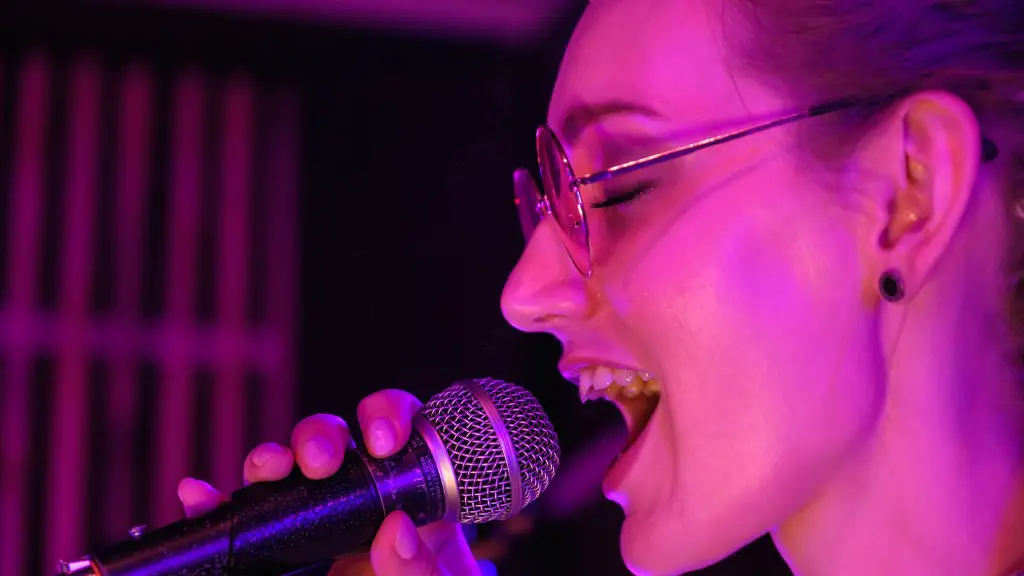How to Draw a Curly Hair
Curly hair can add texture and dimension to any artwork, whether you’re drawing a portrait, a comic book character, or a fashion illustration. Drawing realistic curly hair isn’t easy, but it can be done with practice. With these tips, you’ll be able to create luscious locks that add up to beautiful art.
Start with Shape
When you’re first starting to draw, you don’t need to worry about details. Instead, begin with shapes, like circles, squares, triangles and ovals. Use your pencil to sketch the outline of the hair you want. Start with bigger shapes, such as those for the bangs or the sides of the head, then draw in the smaller ones, like single strands and split ends. Doing so will help you keep track of the length and thickness of each part of the hair.
Add Texture
Now, take your pencil and begin adding texture. Try to give each curl definition. Start in the center of the curve and add lines radiating outward. Each curl will have its own unique pattern, so make sure to give your drawing enough detail and movement to avoid it becoming a clump of hair. Choose the right pencil pressure to avoid smudging and keep a light hand so you can add more delicate lines.
Create Highlights
Highlights can add life to your drawing. To create highlights, use a white pencil or a white gel pen. Concentrate your strokes around the root of the hair and around the edges of your curls to create a “halo” of highlights for a bright, glossy effect. Use a pen for finer lines, and a pen for larger, smoother strokes.
Shade and Blur
Once you’ve added texture and highlights to your artwork, you can use shading and blurring to give depth to your drawings. Start by adding softer lines of graphite pencil to the depths of your hair, and use a blending stump to smudge it together. You can also use a color pencil or watercolor to fill the shadows of waves. Finally, you may want to add a few specks of white to give the light areas a sparkle.
Finish with Details
The last step is to add final details. Use darker pencils to give depth and definition to each strand, and don’t forget about split ends. You can apply a combination of techniques to create unique strands as well. Additionally, don’t be afraid to use a pencil eraser to create lighter areas and separate curls.
Intertwine Your Curls
As you draw each curl in your hair, pay attention to how they intersect and intertwine. Each strand should overlap with another one to create the illusion of movement and volume. Envision how the hair will fall, and make sure the strands echo one another. You can even draw the strands in pairs to represent the way they often appear in real life.
Soften Your Lines
Since curly hair has lots of volume, it’s important to soften your lines to make the drawing look more natural. Use a kneaded eraser to give your lines a hazy finish. Experiment with different pressures and erasers to get the look you want. This can also be achieved with a blending stump or a pencil eraser. Finally, take a step back and make sure the entire drawing looks organic, with subtle transitions between light and dark.
Questions to Ask Yourself
When you’re working on a curly hair drawing, take some time to ask yourself questions to make sure you’re on the right track. Look for areas that need more texture, and ask yourself if you’ve given each curl unique defining characteristics. Observe the direction of the hair and make sure it flows in the same direction for a more realistic look. Additionally, view the drawing from different angles, since curly hair has the ability to look completely different from different perspectives.
Play Around with Your Artwork
Practice makes perfect! Keep a sketchbook handy and draw curls in different ways—down, up, curly, wavy—until you find the style that suits your artwork. Pay attention to the size, shape and texture of each curl, and work on exaggerating them as much as you can. Pay attention to the direction of the hair and ensure there’s enough movement to make it look realistic. Finally, don’t be afraid to go back and erase and re-draw sections if your drawing doesn’t look quite right. With some practice, soon you will be able to create luscious and natural looking curls with ease.
